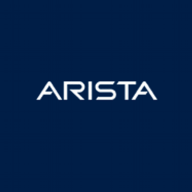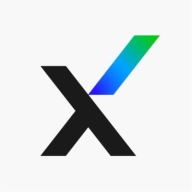

Trellix Network Detection and Response and Arista NDR compete in the field of network security solutions. Trellix appears to have the upper hand in advanced malware detection capabilities, whereas Arista benefits from its strong real-time network traffic analysis and visualization features.
Features: Trellix offers advanced malware detection capabilities, deep packet inspection, and strong sandboxing technology. It effectively detects zero-day vulnerabilities and intrusions. Arista NDR provides comprehensive real-time network traffic analysis, high-fidelity anomaly-based detections, and superior visualization capabilities for quick threat identification.
Room for Improvement: Trellix faces challenges with user configuration flexibility and lacks comprehensive integration with other security vendors. It needs a more user-friendly interface and better advanced analytics. Arista NDR requires a stronger market presence, especially in the Middle East, more engineering resources, and improvements in customer support and integration options.
Ease of Deployment and Customer Service: Trellix is typically deployed in hybrid cloud environments with options for on-premises and public cloud, providing flexibility. Users report high satisfaction with technical support, rating it 9/10. Arista NDR focuses on on-premises deployment with hybrid cloud options and has a slightly lower customer service satisfaction rating of 8/10, noting areas for improvement.
Pricing and ROI: Trellix’s pricing is considered high compared to some competitors, but customers value its comprehensive threat detection capabilities, noting substantial ROI through effective threat prevention. Arista NDR offers competitive pricing with reasonable costs given its robust capabilities, with users noting positive returns through improved security and threat identification.
| Product | Market Share (%) |
|---|---|
| Trellix Network Detection and Response | 2.5% |
| Arista NDR | 3.8% |
| Other | 93.7% |

| Company Size | Count |
|---|---|
| Small Business | 5 |
| Midsize Enterprise | 2 |
| Large Enterprise | 7 |
| Company Size | Count |
|---|---|
| Small Business | 19 |
| Midsize Enterprise | 8 |
| Large Enterprise | 19 |
Arista NDR (formerly Awake Security) is the only advanced network detection and response company that delivers answers, not alerts. By combining artificial intelligence with human expertise, Arista NDR hunts for both insider and external attacker behaviors, while providing autonomous triage and response with full forensics across traditional, IoT, and cloud networks. Arista NDR delivers continuous diagnostics for the entire enterprise threat landscape, processes countless network data points, senses abnormalities or threats, and reacts if necessary—all in a matter of seconds. The Arista NDP platform stands out from traditional security because it is designed to mimic the human brain. It recognizes malicious intent and learns over time, giving defenders greater visibility and insight into what threats exist and how to respond to them.
The Advent of Advanced Network Detection and Response & Why it Matters
Detect the undetectable and stop evasive attacks. Trellix Network Detection and Response (NDR) helps your team focus on real attacks, contain intrusions with speed and intelligence, and eliminate your cybersecurity weak points.
We monitor all Network Detection and Response (NDR) reviews to prevent fraudulent reviews and keep review quality high. We do not post reviews by company employees or direct competitors. We validate each review for authenticity via cross-reference with LinkedIn, and personal follow-up with the reviewer when necessary.